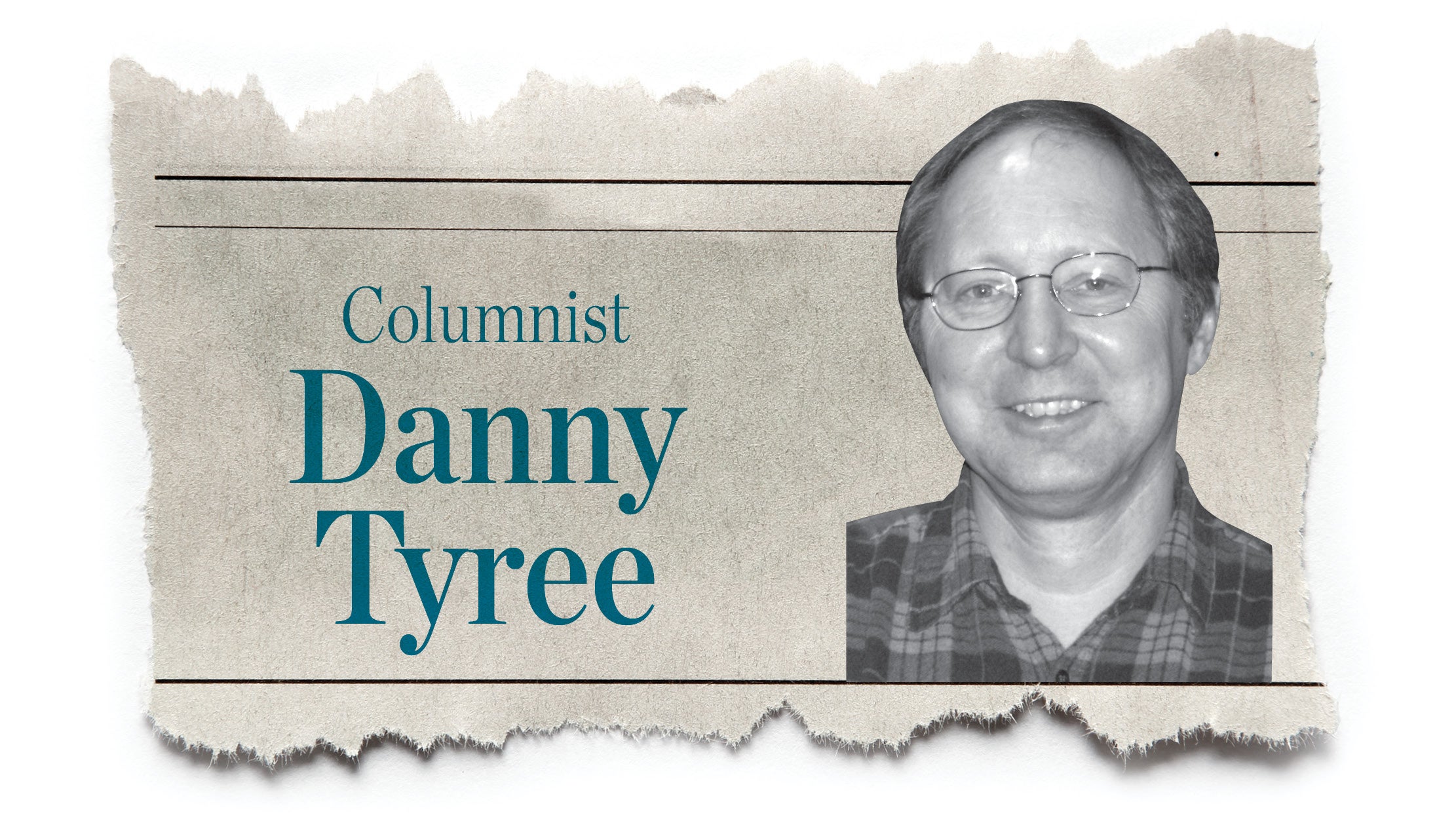Singing the praises of the unsung Apollo moon mission heroes
Published 2:30 pm Saturday, July 27, 2019
One of those impossible tasks to make the Apollo project succeed was the miniaturization of a computer which would, in real time, provide control of the Apollo components, especially the moon lander.
Some of us remember a time before the Apollo- era, when we communicated with the computers via punch cards.
Computers sometimes occupied a large room and had spinning big disks or reels of magnetic tape. The Instrumentation Lab, a division of the Massachusetts Institute of Technology, was tasked with the job of controlling the moon lander with a computer. The contract was awarded without a competitive bid.
The computer had to handle the job in real time, not use punch cards and had to react in microseconds. To top that, they had to design and build a computer that could fit into one cubic foot of space. Time was important, since it had to be completed in time to be tested and ready to go well before the end of the 1960s, as promised by President Kennedy in 1961.
Although the Instrumentation Lab of MIT was credited with accomplishing the task, it was Bill Tindall who pushed and directed the team to do the job, according to Charles Fishman in his book, One Giant Leap.
Tindall found a mess when he arrived at the Lab. The Lab had designed a computer program that required 42 percent more computer code than there was available in memory. They finally designed the Apollo Guidance Computer (AGC), which could execute 85,000 instructions per second. In contrast, the iPhone X can execute 5 trillion instructions per second.
Tindall was an accomplished mathematician and an expert in calculating orbital mechanics. He was famous for his Tindallgrams. He wrote over 1,000 of them over those six years of directing the MIT Instrumentation Lab.
He usually was very direct and was good at pointing out what they did not need in the AGC. They were able to build into the software the ability to abandon those instructions that were not essential at the moment to concentrate on the essential ones, like landing the moon lander.
The person responsible for the direction of the Instrumentation Lab within MIT was Stark Draper, who incidentally was relation to the Stark Nurseries of Missouri who found and propagated the West Virginia Golden Delicious apple. He was a pioneer in the development of the inertial guidance system for airplanes before we depended on GPS for directions.
The inertial guidance system was used by one of notable people from Lawrence County Airport, Howard Mayes, who used the system to fly a team of scientists around the world to observe a total eclipse of the sun. Although I strayed away from the Apollo program, I thought this was interesting.
To emphasize the massive effort to put a man on the moon before the Russians, we spent almost a million man (person) hours on Earth for every hour the Apollo spent in space.
I would like to give credit to Charles Fishman for the details and information that I gleaned from his book, One Giant Leap. I recommend that you read it for more information about the Apollo program.
Don Lee, a pilot flying out of Lawrence County Airport since 1970, has been in charge of equipment and grounds maintenance for the last several years. He can be reached at eelnod22@gmail.com





